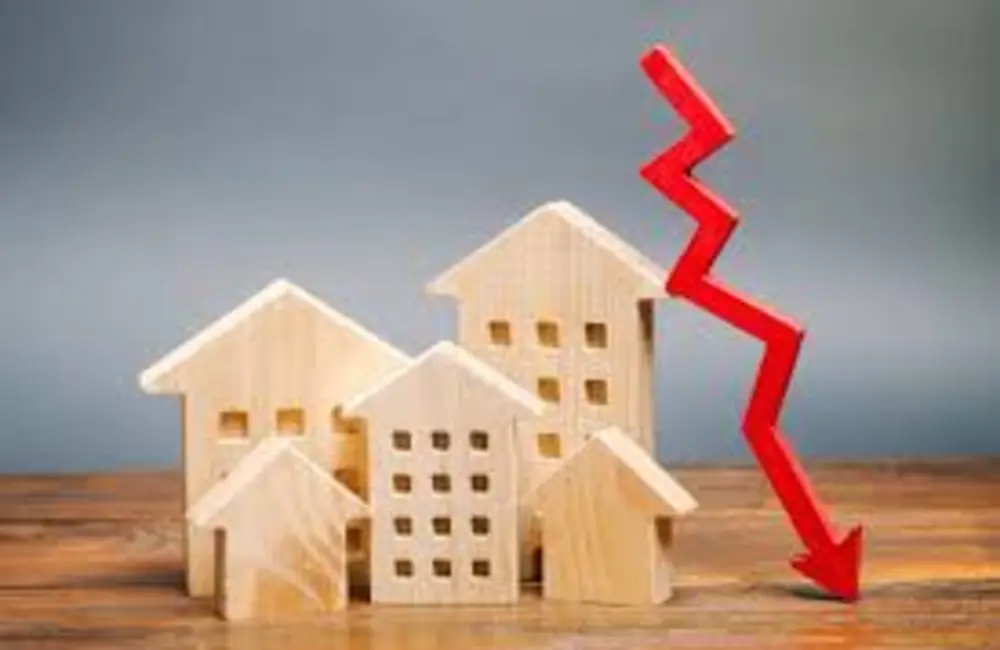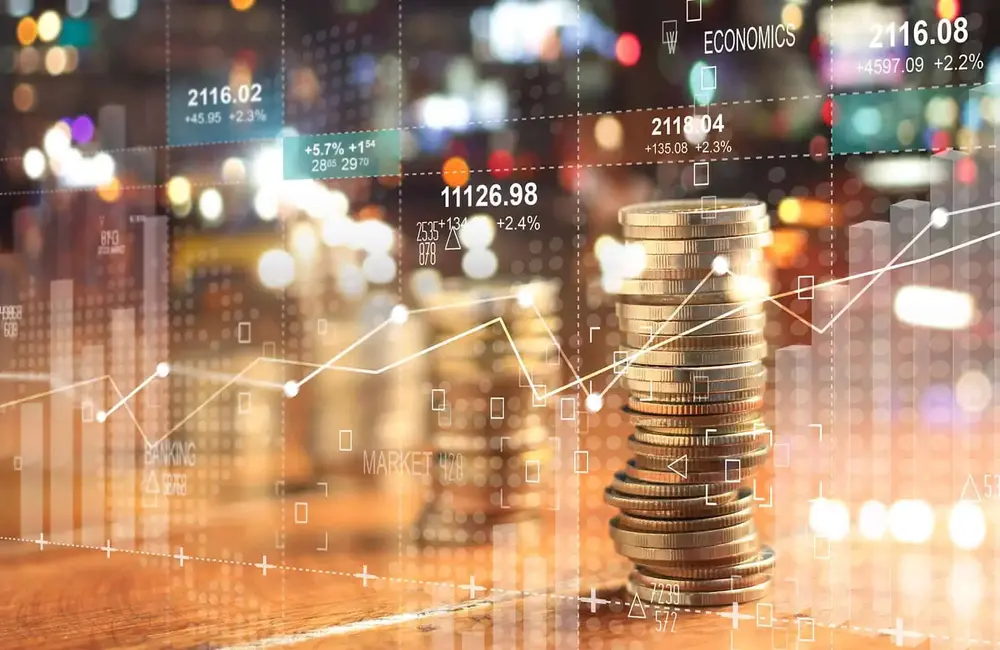Here we go again.
For the period from December 2021 through mid-June, the US equity market was down roughly 20% in real terms.
This is hardly the first time I’ve written about steep falls in the stock market, including pieces about the coronavirus crash and the history of market crashes.
How often do stock market crashes happen?
Let’s analyze those periods of time when the stock market fell from grace.
The chart below is based on real monthly US stock market returns from January 1886 and annual returns for the years 1871–85, which I compiled for Laurence B. Siegel for his 2009 book, Insights Into the Global Financial Crisis.
As per convention, I define bear market as a decline of 20% or more. We depict each downturn with a horizontal line, which begins at the maximum cumulative value of the episode and ends at the time at which cumulative value recovers to its previous maximum.
As you can see from the chart above, the 152-year history of US market returns is strewn with bear markets; it’s true that every market has eventually recovered and gone on to a new high.
This was indeed the case most recently in 2020. Following 20% (in real terms) pullback of the US equity market from December 2019 to March 2020, the US equity market fully recovered in four months, returned to the level it traded prior to the crash in July and soon started to push into new highs.
This rebound is an example of the second lesson about declines in the stock market: There’s no telling how fast a recovery might come.
All-time highs after market sell-offs
However, an investor in the market during these extreme downturns has been rewarded handsomely, so far.
The chart above also illustrates that even given the downturns (some of them very long and severe), $1 invested at the end of 1870 reached $20,514 in real terms at the end of May 2022. That’s a real annualised return of 6.8% per year.
Remember when the market hit bottom in February 2009? It was up 424% from then through May 2022. Even accounting for the drop that happened in the erstwhile part of June 2022 and confirmed that this drop was, in fact, an official bear market the market is up 409% since February of 2009.
Remember when the market had dropped in January 2020. Since then through May 2022, it’s up 18%. Even following the additional decline in the first part of June, the market is approximately 14 percent higher than January 2020.
Every stock-market decline and recovery has a different character
Here is the list of 22 worst declines in the U.S. stock market in almost 152 years.
The table indicates the month at which the cumulative value is at its peak before the decline, the month at which the stock market decline was the worst (the trough), and the month in which the stock market reaches the previous peak.
Unsurprisingly, the biggest fall came with the 1929 crash when the cumulative value fell by a staggering 79 percent and it took four and a half years to recover. (This bounce also didn’t last long. Thus the near 50% drop that followed, the fifth biggest decline on our list.)
The second"); That decade opened with a crash, and a near recovery, then came right into another crash—the global financial crisis.
To put things in perspective, consider that the 18.3 percent decline (the 18th in our list) that began with the onset of the novel coronavirus pandemic took just four months to recover, even if the pandemic itself lasted much longer. This illustrates how the market can sometimes be divorced from reality, and it serves as a reminder that the stock market and the economy are not the same thing.
The current stock market decline, as of May 2022, is 17.5% and is 21st on our list.
For now, however, we don’t know about the extent of this current market loss, its duration or how soon it’ll take to recover. But as history would seem to indicate, prudent long-term investors who can weather the risks of equity investing should remain firm and not panic.
What history of stock market crashes and bear markets teaches us
At the time of a market crash or downturn, sure, we had no way of knowing that would turn out to be the case which is why some investors freaked out and dumped their stock holdings.
That’s just a reminder about how wild markets can be. No two crashes are alike in terms of severity or duration, and picking the market’s peak or the bottom is hard. So the best thing to do is get yourself ready for the next crash by owning a well-diversified portfolio that’s appropriate given your time horizon and risk tolerance.
What I wrote over two years ago is truer than ever: “Market risk is more than volatility. Market risk also includes the potential for markets to be depressed and other extreme events.” These episodes can be alarming in the near term, but this analysis confirms that for investors with the capacity for a long time horizon, equity markets continue to reward this risk-taking over the long term.
Equity investing can be very rewarding, but one has to know the risks
One reason people often fail to understand the risks and potential rewards of equity investing is because standard models of equity returns are static and based on the bell curve.
In a bell-curve model, there can be no such extreme returns, which are primarily responsible for the deep losses and large runups that we see in market history. In short, bell-curve models cannot capture fat tails (the extreme returns on the ends of the curve), which we know exist in logs of historical returns.
Understanding the historical record can be the thing that gets investors through this current downturn. And if this recession is anything like all those before it over the past 150-plus years, investors will be well rewarded.
























